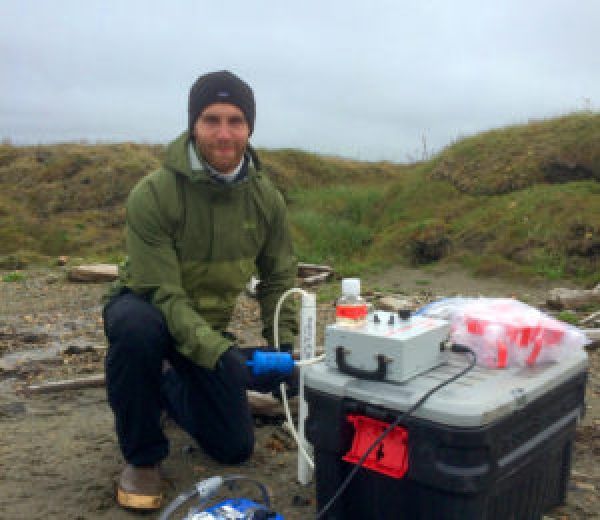A previously unknown significant source of carbon just discovered in the Arctic has scientists marveling at a once overlooked contributor to local coastal ecosystems – and concerned about what it may mean in an era of climate change.
In a Nature Communications paper released today, aquatic chemists and hydrologists from The University of Texas at Austin’s Marine Science Institute and Jackson School of Geosciences, U.S. Fish and Wildlife Service and Florida State University present evidence of significant, undetected concentrations and fluxes of dissolved organic matter entering Arctic coastal waters, with the source being groundwater flow atop of frozen permafrost. This water moves from land to sea unseen, but researchers now believe it carries significant concentrations of carbon and other nutrients to Arctic coastal food webs.
Groundwater is known globally to be important for delivering carbon and other nutrients to oceans, but in the Arctic, where much water remains trapped in frozen earth, its role has been less clear. Scientists were surprised to learn that groundwater may be contributing an amount of dissolved organic matter to the Alaskan Beaufort Sea that is almost on a par with what comes from neighboring rivers during the summer.
“We have to start thinking differently about groundwater,” said senior author Jim McClelland, professor of marine sciences at UT Austin. “The water that flows from rivers to the Arctic Ocean is pretty well accounted for, but until now the groundwater flowing to this ocean hasn’t been.”
Read more at University Of Texas At Austin
Image: Dr. Craig Connolly takes a groundwater sample to measure the concentration and age of organic carbon and nitrogen in groundwater flowing beneath the beach. Credit: Jim McClelland / University of Texas at Austin.


